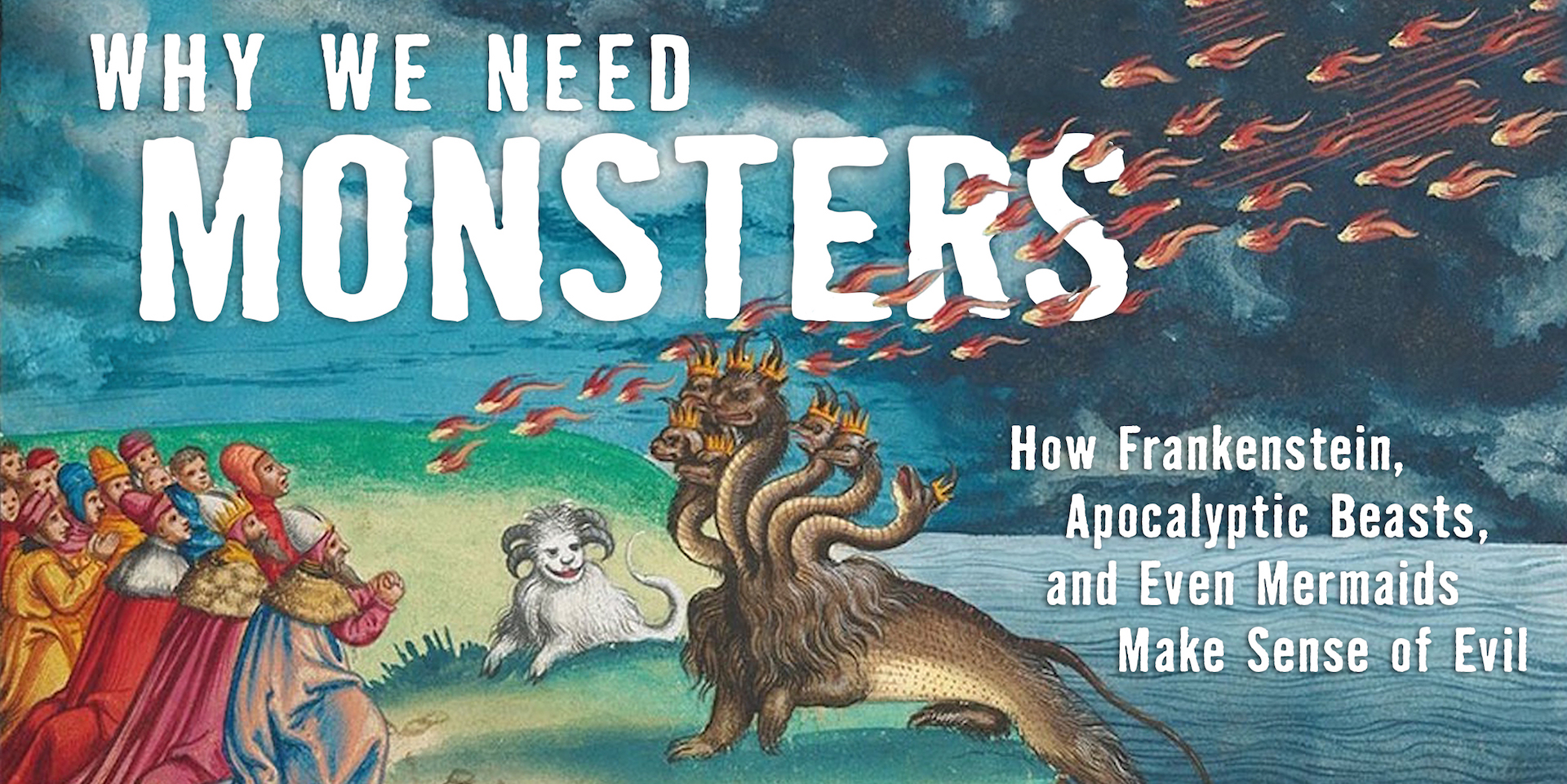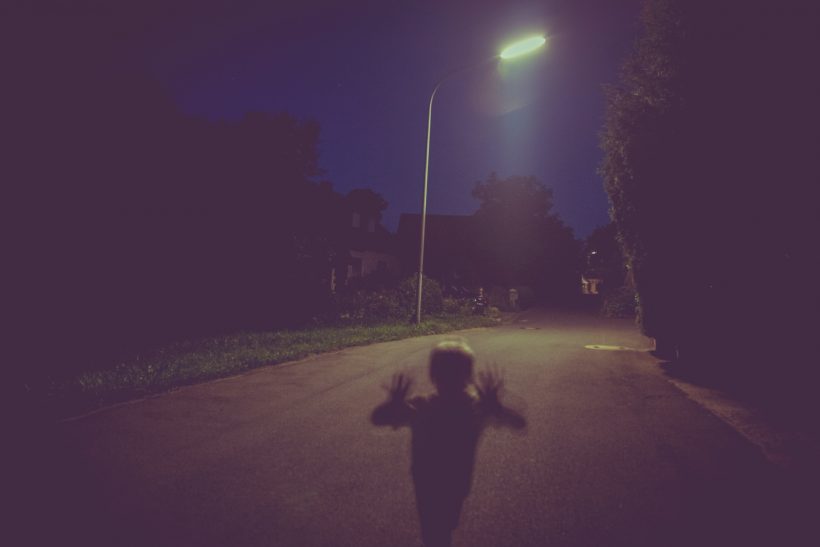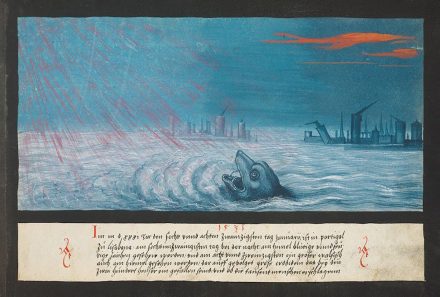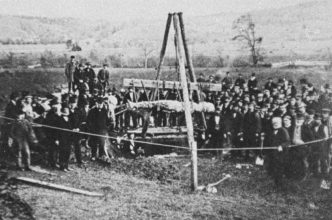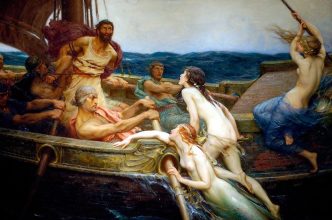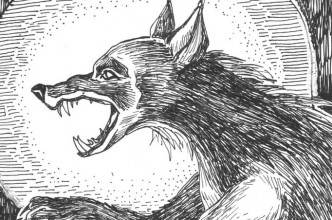Why ‘Frankenstein’ Is a Great Science Policy Guide for the Future
Mary Shelley's 200-Year-Old Fable Explores the Tension Between Scientific Creativity and Social Responsibility
Frankenstein; or, The Modern Prometheus, Mary Shelley’s epic tale about the perils of scientific creation, turns 200 this year. Its famous creation story involves laudanum, and sexual tension, and an air of scandal: Mary and Percy Shelley, her poet-atheist-firebrand-lover and their infamous friend Lord Byron were figures of great interest and consternation in 1816 Britain. Cooped up in a lakefront mansion amid unseasonably chilly, dreary summer weather, the trio and their friends spooked one another with German ghost stories and embarked upon a dare that inspired Shelley to create the modern myth that became Frankenstein, published on January 1, 1818.
Two centuries later Frankenstein is the fifth most assigned book in college courses, …




